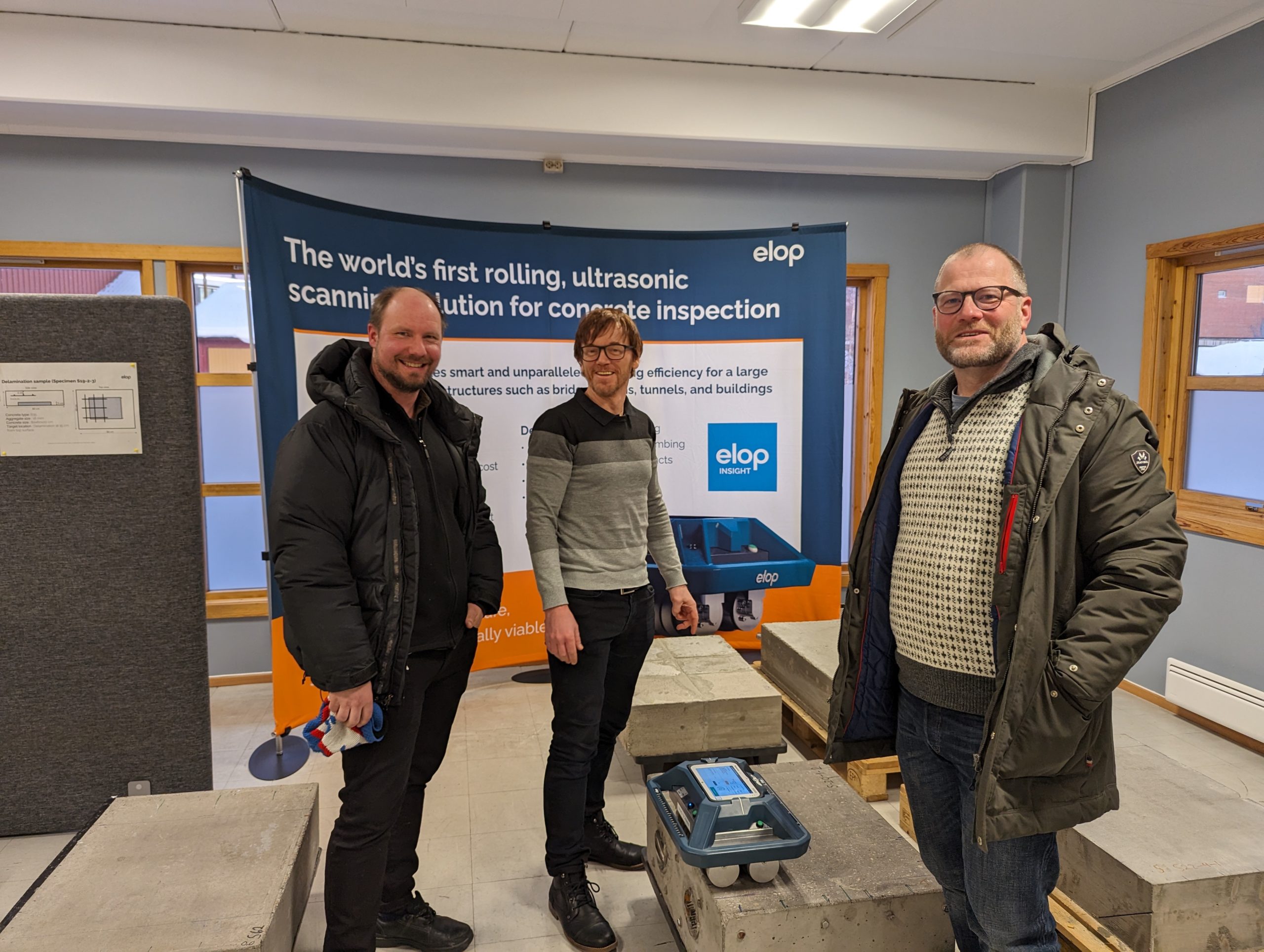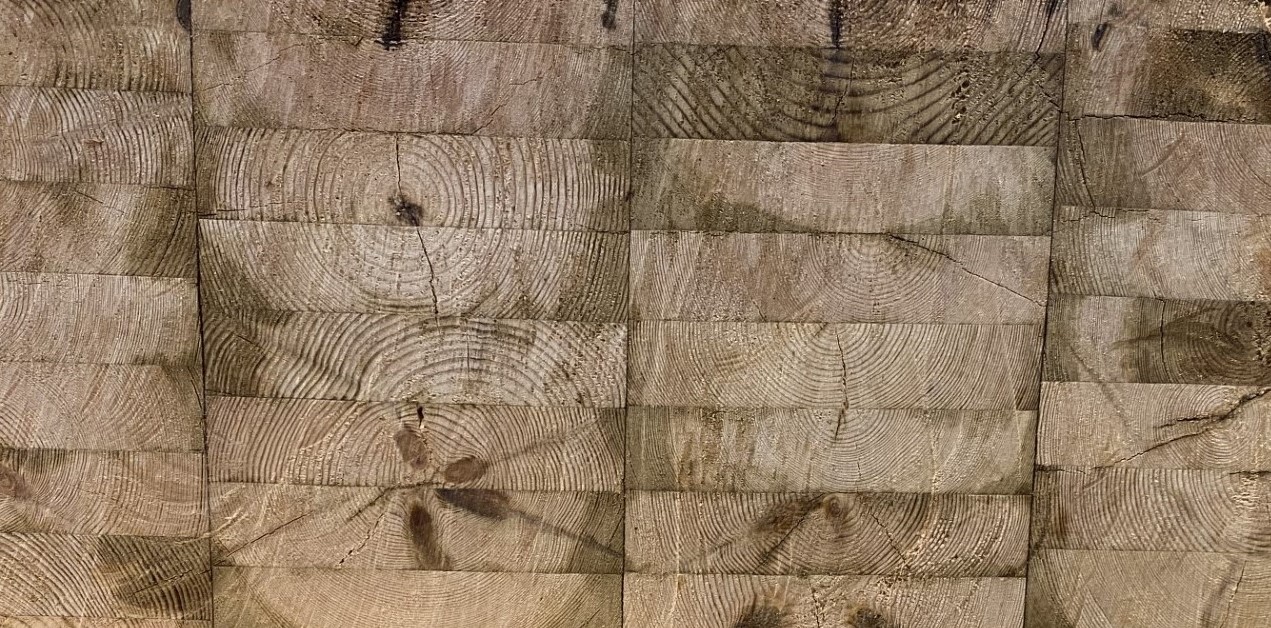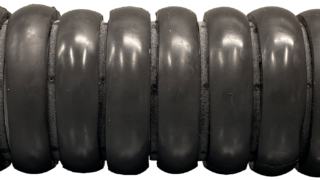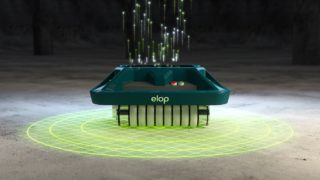The Norwegian Public Road Administration (Statens Vegvesen) in collaboration with Elop Technology has initiated a feasibility test of Elop Insight scanner for NDT of wooden bridges starting from January 2024.
The use of wood as a construction material has long traditions in Norway. This goes from building houses to ships to bridges. During the early days of bridge construction in Norway the by far most widely used building material was wood, and in the last decades the material has seen a renaissance with the use of glued laminated timber (glulam). When using wood as an outdoor construction material there are however potential vulnerabilities to decay caused by extreme variations in temperature and humidity. These have to be carefully addressed both in the construction and maintenance of the structure. In Norway there are more than 200 wooden bridges which needs regular inspection to ensure and maintain their safety. The Norwegian Public Road Administration in collaboration with Elop Technology has initiated a feasibility test of Elop Insight scanner for NDT of wooden bridges starting from January 2024.

Figure 1: Kick off meeting between Statens Vegvesen and Elop Technology regarding the feasibility study.
Elop Insight (EI) scanner is an ultrasonic NDT system with a 3D real-time visualization of the internal state of concrete structures. It offers efficient scanning and data capture due to its unique, patented rolling scanning and dry coupling to the inspected surface to locate features and defects such as delamination, air voids, honeycombing, rebars, technical pipes, and tendon ducts.
The goal of the feasibility test is to study whether our patented rolling scanner can be utilized to scan wooden bridges or not. Even though the scanner is designed for inspecting concrete structures, it could also be adapted to other coarse-grained materials such as wood. There are however some challenges. Wood is a highly diverse material because of genetic variation and variable growing environments. The sound velocity in wood also changes depending on the grain direction, moisture content and temperature. When scanning wooden structures, we will be looking for acoustic impedance difference between the wood and features/flaws (typically delaminations, cracks, voids, fungal decay). The acoustic impedance is given by the product of mass density and sound velocity of the medium. One of the advantages of using our scanner for wood inspection is the better impedance match between the scanner and the material than in concrete, which will be helpful for better signal transmission and interpretation.
The wooden bridges are normally constructed by laminated wood composites as shown in figure below. This poses an extra challenge for ultrasound scanning due to the many glued interfaces. In particular if there is air content (pores or thin air layers) in the interfaces, this will make it difficult for ultrasound signal to propagate. One more thing to consider is the sound damping capacity of the wood in general and velocity variation in different directions. This would mean that we probably need to operate the scanner in the lower frequency range (50 kHz or lower) with higher transmit voltage or even consider using longer pulses/pulse trains. This will require some adjustments to the existing scanner.

Figure 2: A cross section from a wooden bridge section provided by Statens Vegvesen showing the individual lamellas.
After the completion of tests, we will deliver a report summarizing the results from both the laboratory tests and test on part of a real construction. The report will also summarize whether it will be feasible or not to use the rolling ultrasound scanner for wooden bridge inspection and recommendations on how to proceed further.



